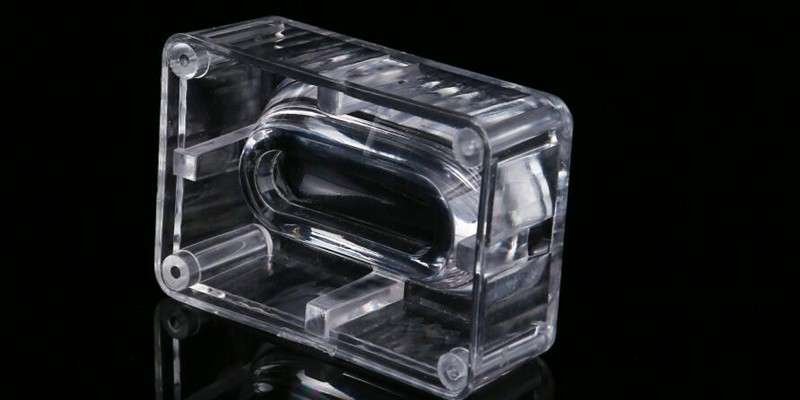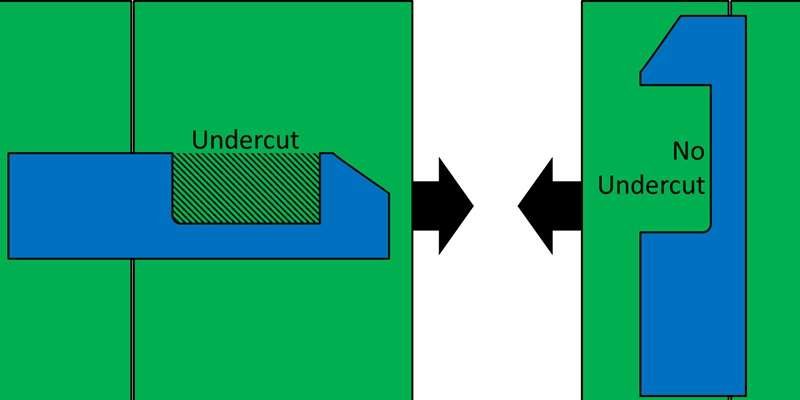Introduction
Materials selection for mold design and manufacturing is of critical importance in terms of both manufacturing process, service life, plastic forming quality and processing costs.
Domestic and foreign scholars have developed new types of mold steel with excellent usability and processing performance as well as low heat treatment deformation. Examples of such metals include prehardened steel, new quenched and tempered steel and martensitic aging steel.
Furthermore, studies and engineering practices on surface strengthening treatment for molded parts have yielded impressive results; research and development work continues apace and the results continue to be enthusiastically promoted.
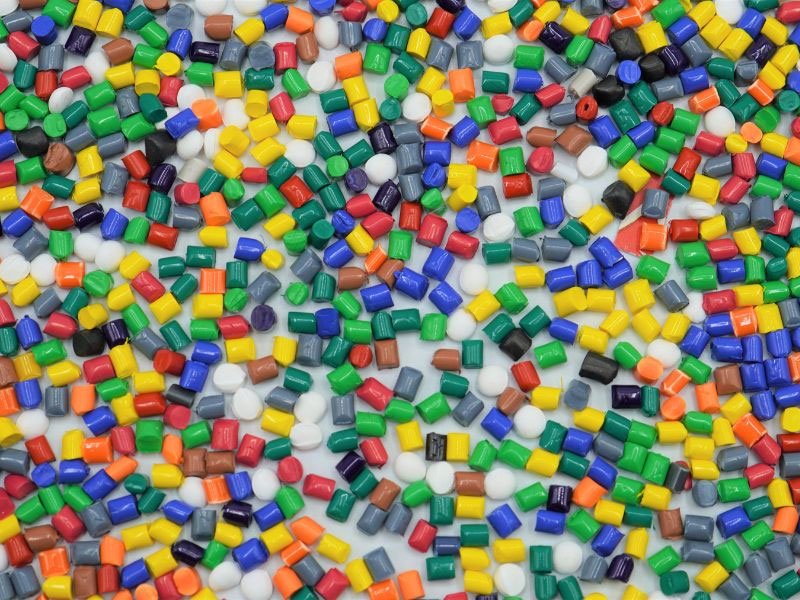
The working conditions of plastic molds generally need to be carried out at 150-200 ℃, which is not only affected by certain pressure, but also by temperature. Based on the different usage conditions and processing methods of plastic molding molds, the basic performance requirements for steel used in plastic molds are roughly summarized as follows:
Sufficient surface hardness and wear resistance
Plastic molds typically range in hardness between 50-60 HRC. Heat-treated molds must have sufficient surface hardness for adequate rigidity during operation; otherwise they are subject to significant compressive stress and friction caused by filling and flow of plastics, with accuracy in terms of shape and dimension being maintained for longevity and wear resistance determined by chemical composition and heat treatment hardness of steel material. Therefore, increasing its hardness could prove advantageous in terms of wear resistance.
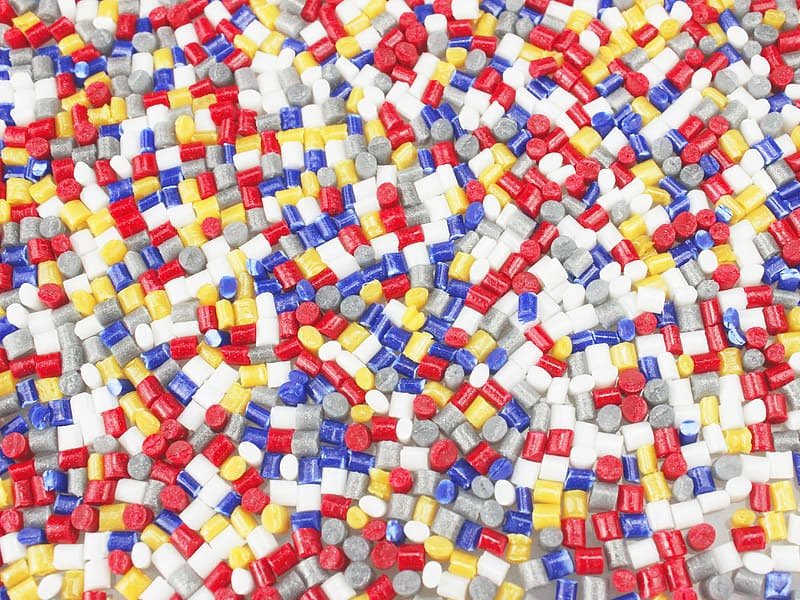
Good machining performance
Choose steel grades that are easy to cut and can produce high-precision parts after processing. For this reason, medium carbon steel and medium carbon alloy steel are the most commonly used, which is particularly important for large molds. For parts that require electrical discharge machining, it is also required that the burn hardening layer of the steel grade be relatively thin.
Excellent polishing performance
High quality plastic products require a small roughness value on the surface of the mold cavity. Therefore, the working surface of injection molded parts often needs to be polished to a mirror finish, with Ra ≤ 0.05 μ m. It is advisable to require a steel hardness of 35-40 HRC, as a hard surface can make polishing difficult. For this reason, the selected steel requires minimal impurities, uniform and dense microstructure, no fiber directionality, and no pitting or orange peel like defects during polishing.

Good thermal stability
Mold cavities are not only exposed to high-pressure plastic melt, but also thermal stress from fluctuating cold and hot temperatures. High-carbon alloy steel can achieve hardness through heat treatment, yet is often subject to surface cracking due to poor toughness. A suitable steel grade should allow injection molds to reduce polishing and repair needs over time, while maintaining their dimensional accuracy for an extended service life in mass production environments.
Good wear resistance and fatigue resistance
The injection mold cavity is not only eroded by high-pressure plastic melt, but also subjected to temperature stress caused by alternating cold and hot temperatures. Generally, high carbon alloy steel can achieve high hardness through heat treatment, but its toughness is poor and it is prone to surface cracks, making it unsuitable for use. The selected steel grade should enable the injection mold to reduce the number of polishing and mold repair, maintain the dimensional accuracy of the cavity for a long time, and achieve the service life of mass production.
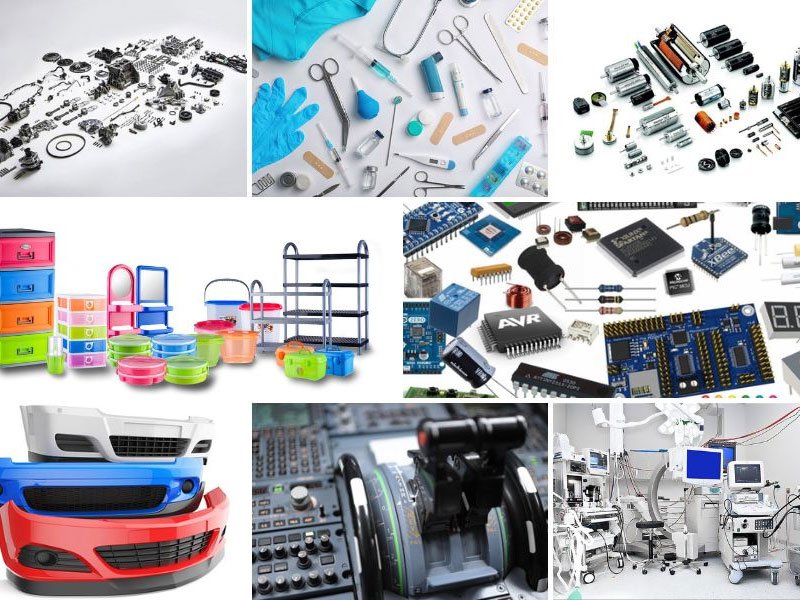
Corrosion resistance performance
For some plastic varieties, such as polyvinyl chloride and flame retardant plastics, it is necessary to consider selecting steel grades with corrosion resistance.
In addition, when selecting materials, it is also necessary to consider preventing scratches and bonding. If there is relative motion between the two surfaces, try to avoid selecting materials with the same microstructure. In special circumstances, one side can be coated or nitrided to make the two sides have different surface structures.

